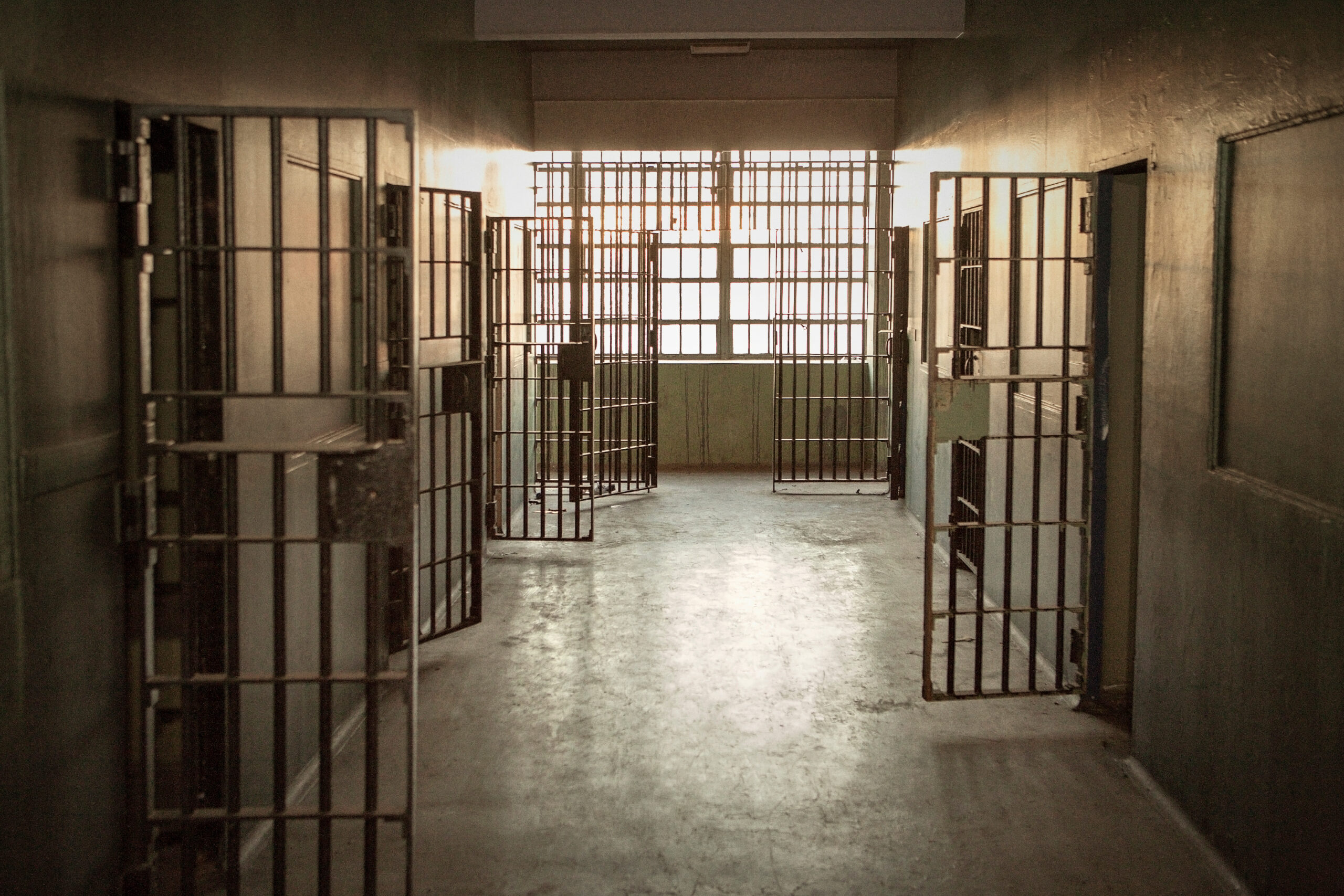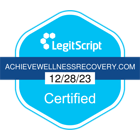Addiction treatment is more in demand than ever as America’s opioid addiction epidemic shows no signs of slowing down. As treatment for addiction in Southern NJ and the rest of the U.S. evolves, it has taken on a wider scope.
The focus in the war on opioid addiction is now on long-term outcomes. This means looking at every phase of the addiction cycle. It also means finding the weak links in the substance abuse treatment world.
Where are we as a society failing to meet the needs of people with addiction most?
According to recent findings published by the NIH, the criminal justice system stands out as a particularly weak partner in providing addiction treatment and recovery support.
This Achieve Wellness and Recovery article explores MAT, harm reduction, and addiction treatment in American jails and prisons.
Only 43.8% of U.S. Jails and Prisons Offer MAT for Opioid Addiction. Why?
While opioid addiction has long been recognized by the medical community as a disease of the mind, along with other substance use disorders—the rest of society hasn’t kept up. It would be unfair to imply that no progress has been made. Certainly, the disease model of addiction is more widely accepted than when it was first recognized by the American Medical Association (AMA) in 1956.
However, there are still large segments of society who see opioid use disorder (OUD) and other addictions as little more than a lack of will or weakness of character. This attitude is notoriously prevalent in the criminal justice system, particularly in corrections. The suffering of people in withdrawal is often seen as just punishment or karma.
We think that a change in attitude and exposure to the latest research is a large part of the solution here. In addition,
Why do less than half of U.S. jails provide MAT support for addicted inmates?
- Prejudice towards people with substance use disorders
- Lack of knowledge about reduced reoffense rates and outcomes with MAT.
- A desire to avoid “coddling” inmates and general ignorance about addiction.
- Financial or bureaucratic obstacles to jail/prison MAT programs.
MAT For Opioid Use Disorder Reduces the Chance of Relapse and Reoffense
Unlike what we see in addiction treatment in New Jersey, jails and prison officials are often out of the loop when it comes to the most effective ways to avoid relapse and recidivism.
However, research by the NIH and advocacy groups has shown that medication-assisted treatment (MAT) is not offered to more than half of the jail population suffering from OUDs.
This isn’t to imply that MAT is any kind of cure-all—but it is proven to work as a harm reduction measure. However, there is ample scientific evidence supporting the effectiveness of MAT.
A study by the University of New Mexico found that inmates who received MAT spent, on average, a month less time incarcerated compared to those who did not receive MAT. Research by the ACLU has shown that the failure of jails to provide MAT for opioid use disorders not only fuels new crime but is a contributing factor to opioid overdose deaths.
What The Criminal Justice and Corrections System Does Right with Opioid Addiction
We wish this section of the article could be longer, but the Department of Corrections isn’t 0/10 when it comes to addiction treatment and support for recovery from OUDs. Support for 12-step programs has been strong in the criminal justice system for decades, with many jails allowing AA and NA meetings onsite.
The first prison A.A. group was founded in 1942 at San Quentin Prison in California. Less than three years later, in February 1945, to be exact, the first AA meeting was held in the New Jersey State Prison at Trenton. Narcotics Anonymous meetings would follow, albeit decades later.
We also know there are many unsung, hard-working, and underpaid social workers and parole officers out there who go the extra mile in trying to help formerly incarcerated persons plant roots in recovery.
How We Can Improve Opioid Addiction Support and Outcomes in NJ Jails
No one has anything to gain by allowing people addicted to opioids to suffer and denying them any tools that might help them maintain sobriety. Extensive research proves that MAT programs are effective at preventing relapse in more vulnerable populations, like the incarcerated.
This should be a no-brainer from where we stand. Seeing opioid-addicted inmates achieve recovery and avoid relapse, recidivism, or death by overdose is in the interest of all parties involved. The people suffering from opioid addiction, public health officials, programs offering state-funded addiction treatment in New Jersey, and the criminal justice system.
We believe the criminal justice system could become a bigger part of the solution by working more closely with NJ addiction treatment centers and public health officials to ensure continuity of care.
How Jails Can Help Improve Support for Opioid Addiction in NJ
- Work more closely with programs offering addiction treatment in NJ.
- Ensure continued and expanded access to 12-step H&I programs.
- Get up to speed on the latest research and connect to public health officials.
- Collaborate with public officials and advocates to get government funding for MAT.
Achieve Wellness & Recovery for Your Loved One
If a person you love is struggling with substance abuse, we can help. Even if the consequences of their opioid abuse have included legal troubles or incarceration, it is never too late for someone to take the reins of recovery and change their destiny.
We’re here to help people achieve lasting recovery—but it’s up to you to make the first call.
Reach Achieve Wellness & Recovery at: (833) 680-0142








